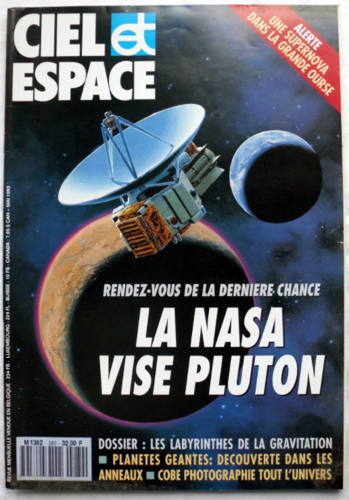probe RTG run out power in late 2030s
Voyager's RTG seems to still be working at reduced power after forty years in space. NH could last substantially longer than spec.
No. The factors that influence RTG power are well-known: Plutonium decay (which is entirely predictable) and thermocouple degradation (which can be measured accurately). The point at which the RTG can no longer power the minimum combination of equipment can be calculated with good accuracy.
Voyager still works because it had a large power margin at launch. NH's power margin was much smaller.
Voyager also has several power-hungry instruments that could be switched off after the planetary encounters (the camera platform and cameras, for example). Much of Voyager's longevity is caused by clever power management (beyond what was envisioned at launch), including careful experimentation (turning off various heaters) to run instruments out of spec.
This can be done with New Horizons too, to a degree, but NH has far fewer unknowns to take advantage of.
Also those geeks at JPL deliberately (and discretely) build the two Voyagers with colossal margins, for a simple reason.
The original Grand Tour not only had the TOPS advanced and extremely durable computer.
It also had four probes, not two (and a half).
Thus unlike the lone Voyager 2 that flew by all four big planets, Grand Tour was to split, Uranus, and Neptune, and Pluto (as a bonus) between separated probes. This meant that these probes could flew shorter / faster trips - avoiding one or another gas giants to get to Neptune or Pluto faster.
Voyager not only lost the TOPS computer, it also lost 50% of the fleet, and finally, it used a beefed-up Mariner, except the farther a Mariner had ever gone back then was Mars or perhaps the asteroid belt. There were real anguish a Mariner couldn't make it to Jupiter or to Saturn, and even less to the outer gas giants.
But Congress and the Shuttle, and also an agonizing NERVA, had screwed Grand Tour late 1971. Administrator Fletcher was lucky so salvage Mariner Jupiter Saturn early 1972.
JPL then decided to make lemons into lemonade. They quietly started building two MJS, plus a backup, with colossal redundancy and margins. They stuffed the RTGs with a boatload of plutonium, to the point that, well, those things are still working nowadays.
In the end the Voyagers that reached the launch pad in August 1977 discretely threw a giant middle finger to Congress and all the others that had tried to cancell the program.







